Running is a natural form of movement for humans, and it is sometimes taken for granted.
Have you ever wondered what effects running has on our bodies or why sometimes we just feel the need to run?
Here are 11 interesting facts about running that you should know.
Usain Bolt is the world’s fastest runner.
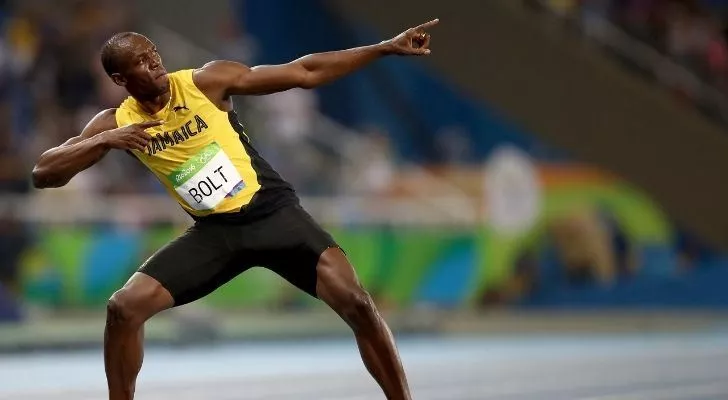
There have been many record-breaking speeds humans have run for both long-distance runs as well as sprints.
In 2009, Usain Bolt broke the world record for the fastest 100-meter sprint, completing it in only 9.58 seconds.
Running speeds are measured by meters and time, meaning that Bolt’s record-breaking run was 10.44 meters per second.
That’s equivalent to 23.35 miles per hour.
Running barefoot creates a more natural running style.
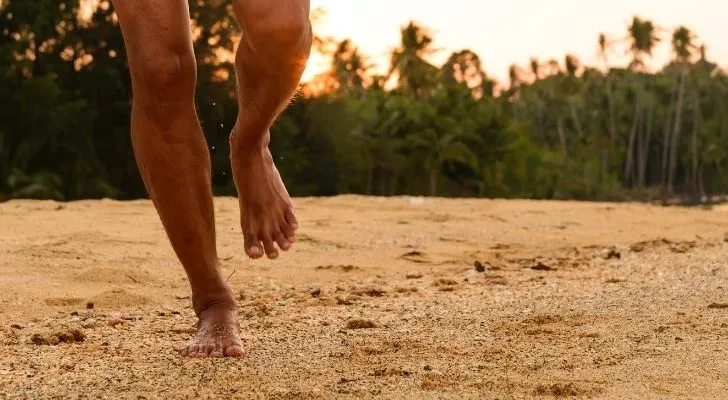
It’s often debated whether running barefoot is good or bad for you, and it does really depend on the situation.
Running barefoot is better for us as humans because it is more natural. It’s said to create better balance and improve strength.
We evolved with the skill of running, and our ancestors wouldn’t have run in shoes.
However, some risks come with running barefoot. Due to the lack of protection, you risk puncturing skin by running on something sharp.
This will also put more stress on the bottoms of your feet, and this may cause more damage over time.
Running is an evolutionary trait.

Running is a gift that has been with us for thousands of years, and without the ability to run, we most likely wouldn’t be here today.
Running is a natural trait of humans or any animal that has a predator. Running would have been the most common form of escape, whatever animal you were being chased by.
As well as running from things, running is essential for catching food.
The ability to run has been developed as an evolutionary trait over the years. Let’s face it those who could escape and catch food were more likely to survive.
80% of running injuries are caused by repetitive stress.
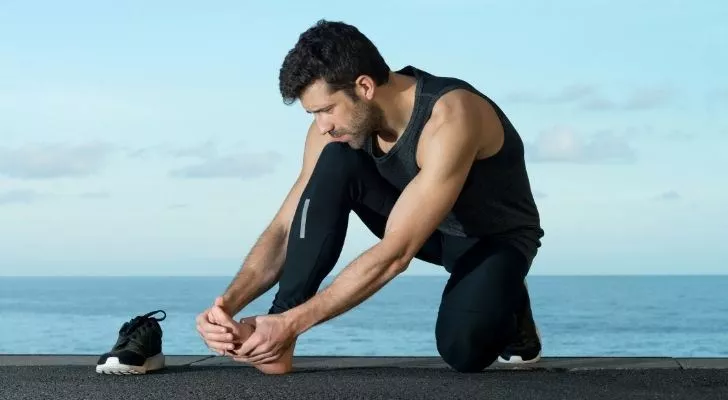
Although running has its benefits, too much running can sometimes cause problems.
Over 80% of injuries caused by running are due to repetitive stress.
This is when a minor injury develops but isn’t really noticed or doesn’t cause too much pain. Therefore it is easily ignored.
Unfortunately, the injury doesn’t have time to recover or heal and gradually worsens.
These types of injuries include sprained ankles, shin splints, hamstring injuries, and fractures or hairline cracks.
Running improves your mental health.

When we run, our body releases chemicals known as endorphins.
Endorphins release stress and pain when they interact with receptors in the brain.
This is great for improving our mental state and can even lead to what is known as the runner’s high.
Humans can start running from as young as 18 months old.

It might be difficult to imagine a baby running wild; however, it is possible.
Humans are developed enough to start running from the age of 18 months old.
However, this isn’t always common as everyone develops at individual paces and it is very much linked to your ability to walk first.
Running for just 30 minutes can burn between 200-500 calories!
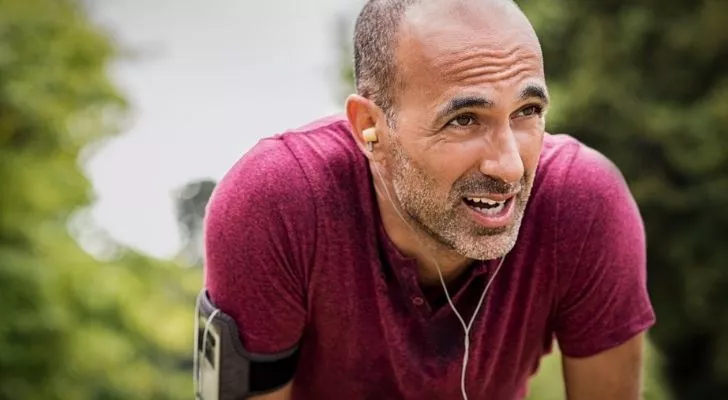
If you want to lose some weight quickly, running is a great way to get the body pumping and burn some calories.
The amount burned varies depending on whether your run has any elevation gain and the surface you are running on.
These factors could make your run harder, so you will use more energy.
It also depends on your health and weight. Generally, if you weigh more, you will burn more calories than someone who weighs less when running simultaneously.
This is because calories are essentially energy, so the heavier you are, the more calories are needed to move the extra weight.
The world’s oldest marathon runner was 101 years old.

We often think of world record runners as young athletes, but as long as you are in good shape, there’s nothing stopping anyone from running.
The world’s oldest marathon runner was 101-year-old Fauja Singh, who ran the London Marathon in 7 hours 49 minutes.
Although he broke multiple records, none of these were formally recognized.
The average running speed of women is around five miles per hour.
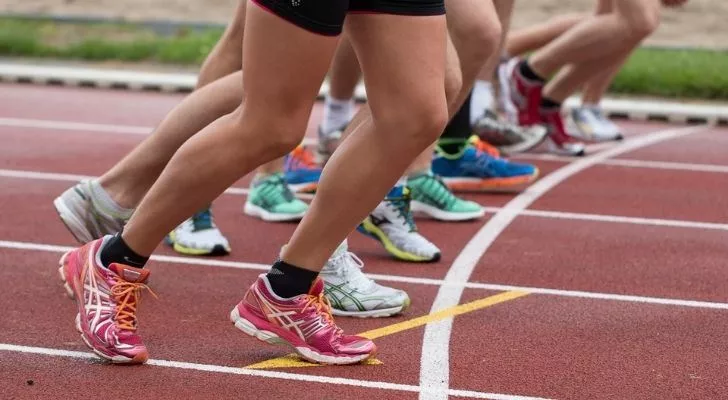
Humans can run slowly in the form of a jog or sprint using a sudden burst of energy.
However, the average male human can run up to speeds of 5.9 miles per hour (9.5 kilometers per hour). The average running rate of women is a little less at 5 mph (8 kph).
We know it is possible to run faster than this as we have seen world records been broken.
However, it doesn’t only involve training; it also depends on many factors such as height, weight, strength, injury, and illness.
After two hours of running, you might experience the “runner’s high.”

The “runner’s high” is the euphoric and uplifting experience some get when exercising. It won’t happen instantly as it requires a large number of endorphins to be released.
Most runners will experience this after around two hours of running.
Essentially the prefrontal and limbic regions of the brain pump out endorphins when exercising. When a sudden surge or high volume is produced, we experience a euphoric high.
The more endorphins, the better the high, as anxiety, pain and stress are reduced.
You use 200 muscles to take your first step into running.

There are two main muscle groups that we use when running, which help us to propel forwards. These are the muscles in the hamstrings and the calves.
However, we also use other muscle groups around our bodies for balance and momentum.
Depending on how muscle groups are categorized, humans use 200 muscles simultaneously to take a single step.
This means that when you are about to start running, 200 muscles are working together to get you going, which might explain why we burn so many calories from running.
Running is a natural ability that humans have developed over thousands of years.
Running once served our ancestors as a survival method, but now running is seen as a great form of exercise.
The “runner’s high” has become a natural phenomenon many strive to experience at least once.
Some humans have the capability to run more than others and some faster than others; however, we are all capable to some extent.


















